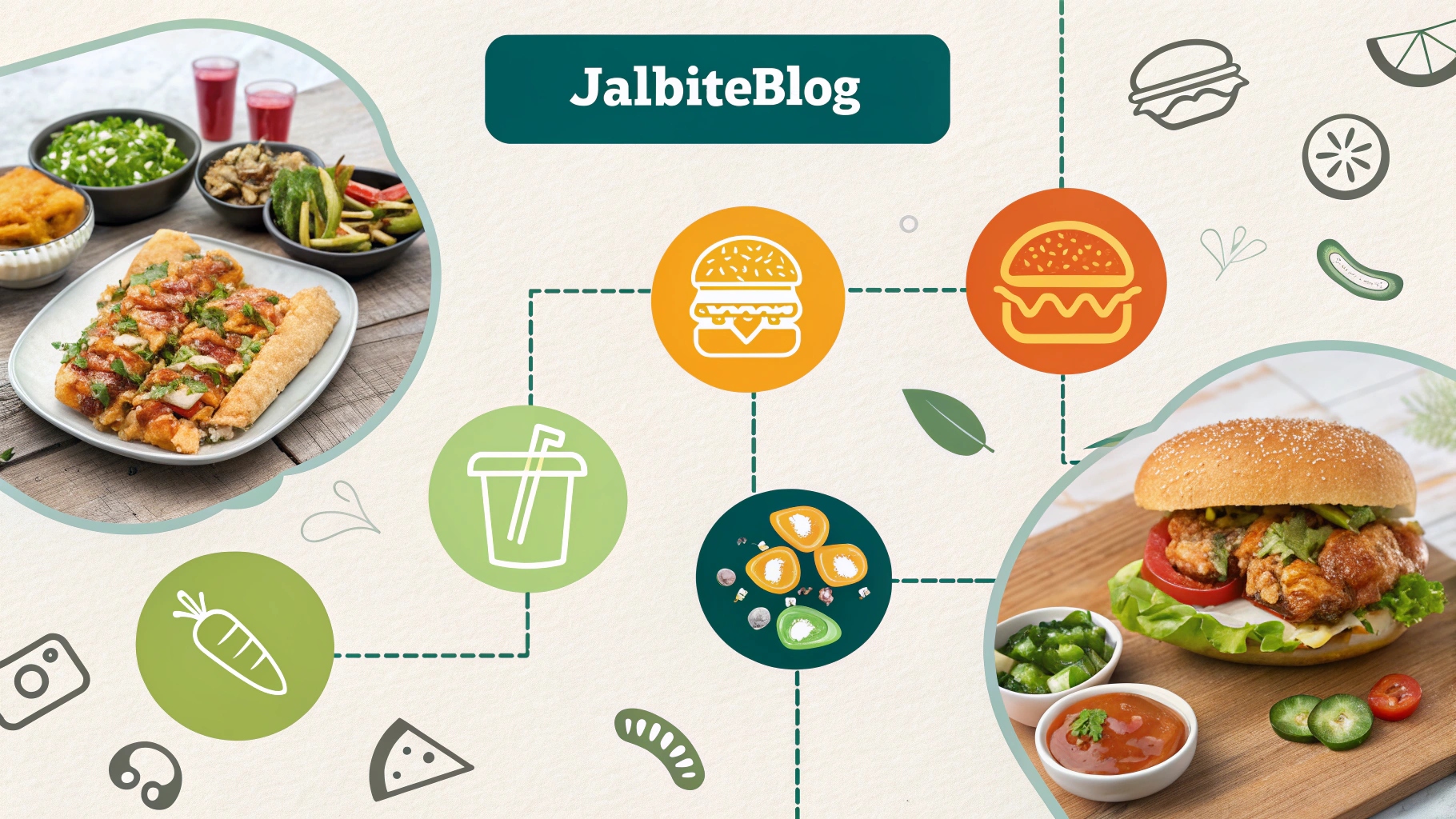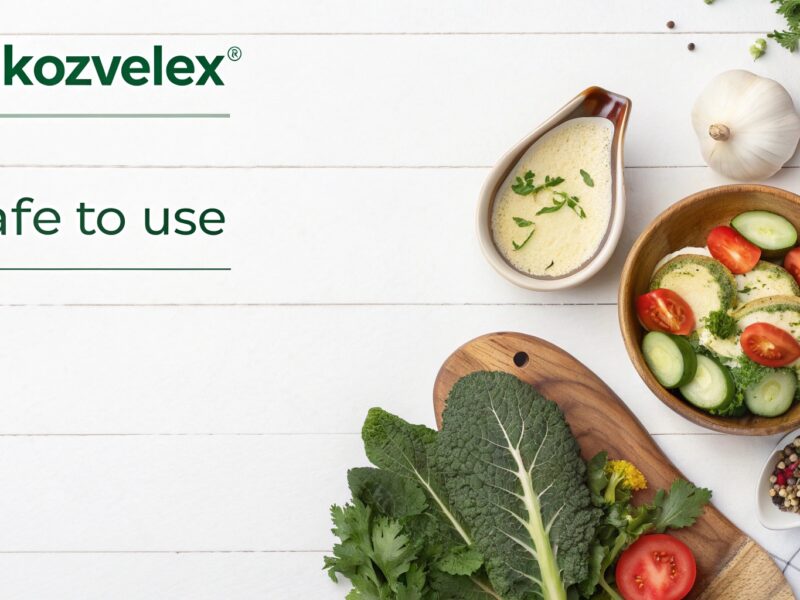The online food industry has witnessed a massive transformation in recent years, driven by technology, changing consumer preferences, and the increasing demand for convenience.
From meal delivery services to virtual restaurants and AI-driven food recommendations, the way people eat and interact with food has evolved significantly.
In this article, we will explore the latest online food trends that are shaping the future of digital dining, highlighting innovative technologies, shifting consumer behaviors, and emerging business models.
1. Rise of Food Delivery Apps
Food delivery services like Uber Eats, DoorDash, and Grubhub have revolutionized how consumers order food. These platforms offer a wide variety of options, from local eateries to high-end restaurants, providing convenience and accessibility at the touch of a button. With features like real-time tracking, contactless delivery, and AI-powered recommendations, food delivery apps continue to dominate the online food space.
2. Virtual and Ghost Kitchens
Ghost kitchens, also known as cloud kitchens or virtual restaurants, operate without a traditional storefront, focusing solely on fulfilling online orders. These kitchens optimize costs by eliminating dine-in services and catering exclusively to digital customers. Brands like Kitchen United and Reef Technology have capitalized on this trend, partnering with restaurants to expand their delivery reach.
3. Meal Kits and Subscription Services
Meal kit delivery services like HelloFresh, Blue Apron, and Home Chef provide consumers with pre-measured ingredients and easy-to-follow recipes, allowing them to prepare restaurant-quality meals at home. These services cater to busy professionals, health-conscious individuals, and families looking for convenient and nutritious meal options.
4. AI and Personalization in Online Food Ordering
Artificial intelligence is playing a crucial role in enhancing the online food experience. Many platforms use AI algorithms to analyze user preferences, dietary restrictions, and past orders to suggest personalized meal options. Additionally, chatbots and virtual assistants streamline the ordering process, making it faster and more efficient.
5. Health-Conscious and Sustainable Food Trends
Consumers are increasingly prioritizing health and sustainability when ordering food online. Organic, plant-based, and locally sourced meals have gained popularity. Many restaurants and delivery services now offer eco-friendly packaging, low-carbon meal options, and transparent ingredient sourcing to cater to environmentally conscious consumers.
6. Social Media and Food Influencers
Social media platforms like Instagram, TikTok, and YouTube have become major influencers in online food trends. Viral food challenges, aesthetically pleasing meal presentations, and user-generated reviews drive consumer decisions. Food brands and restaurants collaborate with influencers to promote their offerings, leveraging the power of digital marketing to boost sales.
7. QR Code Menus and Contactless Payments
Post-pandemic dining has seen the widespread adoption of QR code menus and contactless payments. Restaurants and food delivery services are integrating these technologies to offer a seamless and hygienic ordering experience. Mobile payment apps like Apple Pay, Google Pay, and PayPal have made transactions quicker and safer.
8. Expansion of Global Cuisine
The accessibility of international cuisine has grown significantly with the rise of online food platforms. Consumers can now explore diverse flavors from different cultures without leaving their homes. Fusion dishes and cross-cultural food innovations have also gained traction, appealing to adventurous eaters.
9. Smart Kitchen Technology
The integration of smart kitchen appliances with online food services is another exciting trend. Devices like smart ovens, voice-activated assistants, and IoT-enabled refrigerators help users cook efficiently by syncing with meal-planning apps and online grocery services.
10. Hyperlocal Food Delivery
Hyperlocal food delivery services focus on sourcing ingredients and meals from local producers and restaurants, ensuring fresher and faster delivery. This trend supports small businesses, reduces carbon footprints, and promotes community-based dining experiences.
FAQs
1. What are online food trends?
Online food trends refer to the evolving consumer preferences and technological advancements that shape how food is ordered, prepared, and consumed in the digital space.
2. Why are food delivery apps so popular?
Food delivery apps provide convenience, variety, and real-time tracking, making it easier for consumers to enjoy restaurant-quality meals at home.
3. What is a ghost kitchen?
A ghost kitchen is a commercial kitchen that operates solely for online food orders, without a physical dining space, reducing overhead costs and optimizing delivery efficiency.
4. Are meal kit services worth it?
Meal kit services offer convenience, portion control, and quality ingredients, making them a great option for those who enjoy cooking but lack the time for meal planning.
5. How does AI enhance food delivery services?
AI analyzes customer preferences to provide personalized recommendations, automates order processing, and improves delivery efficiency.
6. What are some sustainable food trends?
Sustainable food trends include plant-based diets, eco-friendly packaging, locally sourced ingredients, and waste reduction initiatives.
7. How does social media influence online food trends?
Social media platforms drive food trends through influencer marketing, viral food challenges, and visually appealing food presentations.
8. What is contactless food ordering?
Contactless food ordering involves digital menus, mobile payments, and zero-contact delivery methods to enhance safety and convenience.
9. How has global cuisine influenced online food trends?
Online platforms have made it easier for consumers to explore international cuisines, leading to a greater appreciation for diverse flavors and food fusion trends.
10. What is hyperlocal food delivery?
Hyperlocal food delivery focuses on sourcing meals from nearby restaurants and producers, ensuring fresh, fast, and community-driven food options.
Conclusion
The future of digital dining is evolving rapidly with AI-driven personalization, ghost kitchens, and automation enhancing convenience. Online food trends focus on sustainability, healthier options, and tech-driven experiences.
Virtual restaurants and cloud kitchens are reshaping the industry by reducing overhead costs and increasing efficiency. Contactless delivery, drone technology, and robotics are improving speed and hygiene in food service. Social media and influencer marketing continue to shape consumer preferences.
As technology advances, digital dining will become even more seamless, immersive, and tailored to individual needs. The future promises an exciting blend of innovation, convenience, and sustainability in the food industry.


